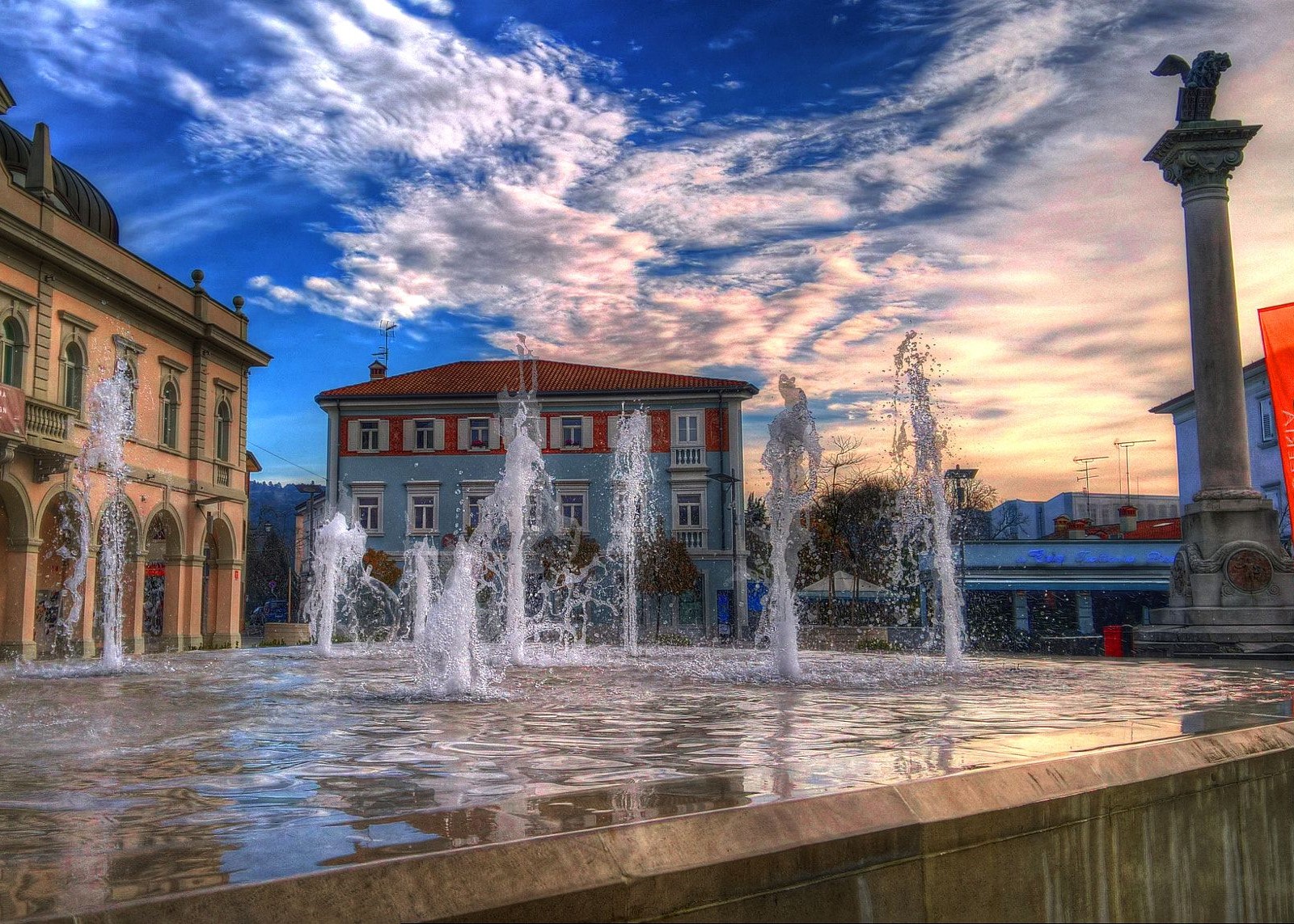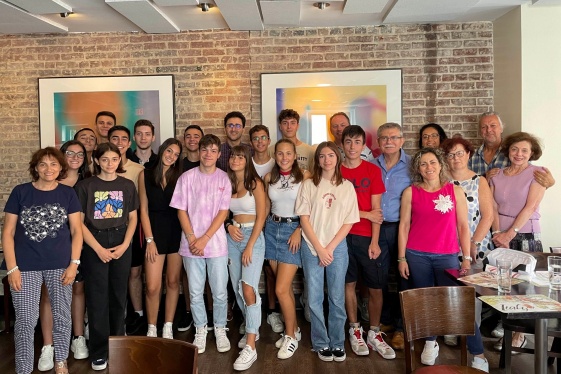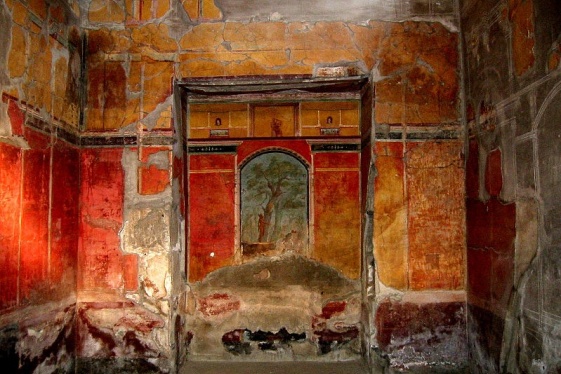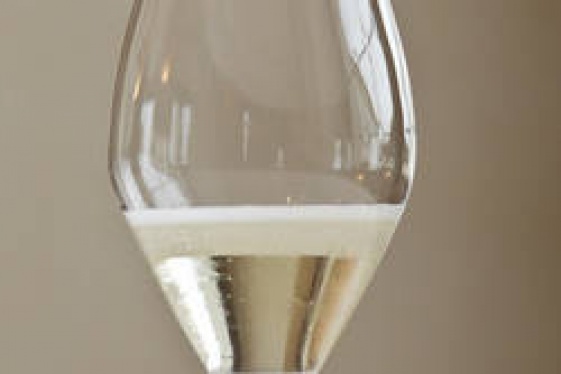

Gradisca’s architectural structure has been influenced by four historic periods: the Venetian period (15th century), the Austrian period (17th century), the Habsburg period (19th century) and the Italian period (20th century).
The borgo was born as a bulwark against the frequent and devastating Turkish incursions, it was built by Venetian architects with a military ultimate aim, with wide streets intersecting at right angles (in order to facilitate the movements of troops).
Between 1647 and 1717 (with the princes of Eggenberg) there was Gradisca’s golden age, a period of remarkable economic, civil, demographic and urban development. Noble dwellings and aristocratic palaces were built, changing the military soul of the borgo in a residential one.
Apart from these noble buildings, two structures were erected by public initiative in the historic center between 1656 and 1695: the Loggia of the Merchants, conceived as a meeting place for the local nobility and later a reference point for the merchant class, and the Palazzo del Monte di Pietà, built to confront the usury practiced by the Jews.
During the government of Della Torre, also Palazzo Torriani was built (1730), a beautiful mix between an aristocratic palace and a country dwelling. This structure, today the Town Hall, is without doubt the most important in Gradisca.
Walking along the perimeter of the Venetian walls, designed by Leonardo da Vinci, you can admire six towers and two gates (Porta Nuova and Porta del Soccorso). Inside the walls there is the Castle, Palazzo del Capitano is the heart of the castle.
There are also some religious buildings to visit: the Duomo with its lovely Baroque facade, and the Church of the Addolorata, built in the 15th century.
The name
The name is probably of Slavic origin : gradisce means “fortified place”.
Local dishes and products
Delicious is the Lajota: a soup with beans, potatoes, bacon rind, smoked pork and sauerkraut. Very good are also: goulash, tripe, salted codfish, and cotechino sausage with turnips. Local desserts are: strudel with apples, and the Gubana, a sweet dough cake filled with walnuts, chocolate, raisin, pine nuts and grappa liqueur.
You may be interested
-
"Storia e memorie" at Casa Italiana Sociocult...
The "Storia e memorie" group of 21 students and teachers from Friuli and Sardegna returned...
-
“Audace”, Prosecco Doc Trieste Serena Wines 1...
Refining Prosecco Doc Trieste in its Gulf, using the experience of a large group such as S...
-
“L’America di Irene”: Paola Trappo’s Book on...
The stories of our Italian ancestors are all different, and all alike, all equally fascina...
-
“Studiare in Friuli”
The Convitto Nazionale "Paolo Diacono" WITH THE CONTRIBUTION OF Province of Gori...
-
10 most underrated Cities in Northern Italy
by Elisa della Barba Everyone's first visit, when in Italy, is dedicated to three...
-
10 traditional Italian Easter desserts
Easter 2025 is just around the corner, and Italy and its Easter traditions are waiting to...
-
10 UNESCO sites in Italy that maybe you don't...
Unknown among these known, the Excavations of Oplontis in Torre Annunziata (Naples), inclu...
-
11 Reasons You Should Be Drinking Prosecco
by Kerin O'Keefe Some say no other beverage defines the Italian philosophy o...










